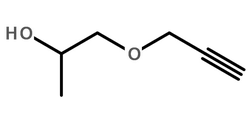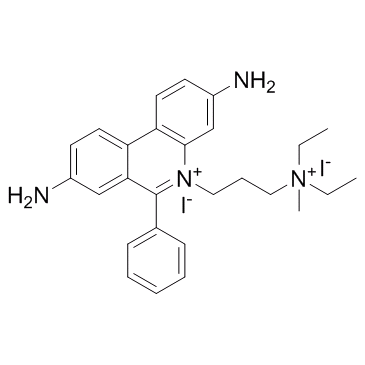| 结构式 | 名称/CAS号 | 全部文献 |
|---|---|---|
 |
甲醛
CAS:50-00-0 |
|
 |
磷酸酶(酸性)来源于小麦胚芽
CAS:9001-77-8 |
|
 |
碘化丙啶
CAS:25535-16-4 |
|
 |
HUMAN M-CSF
CAS:81627-83-0 |